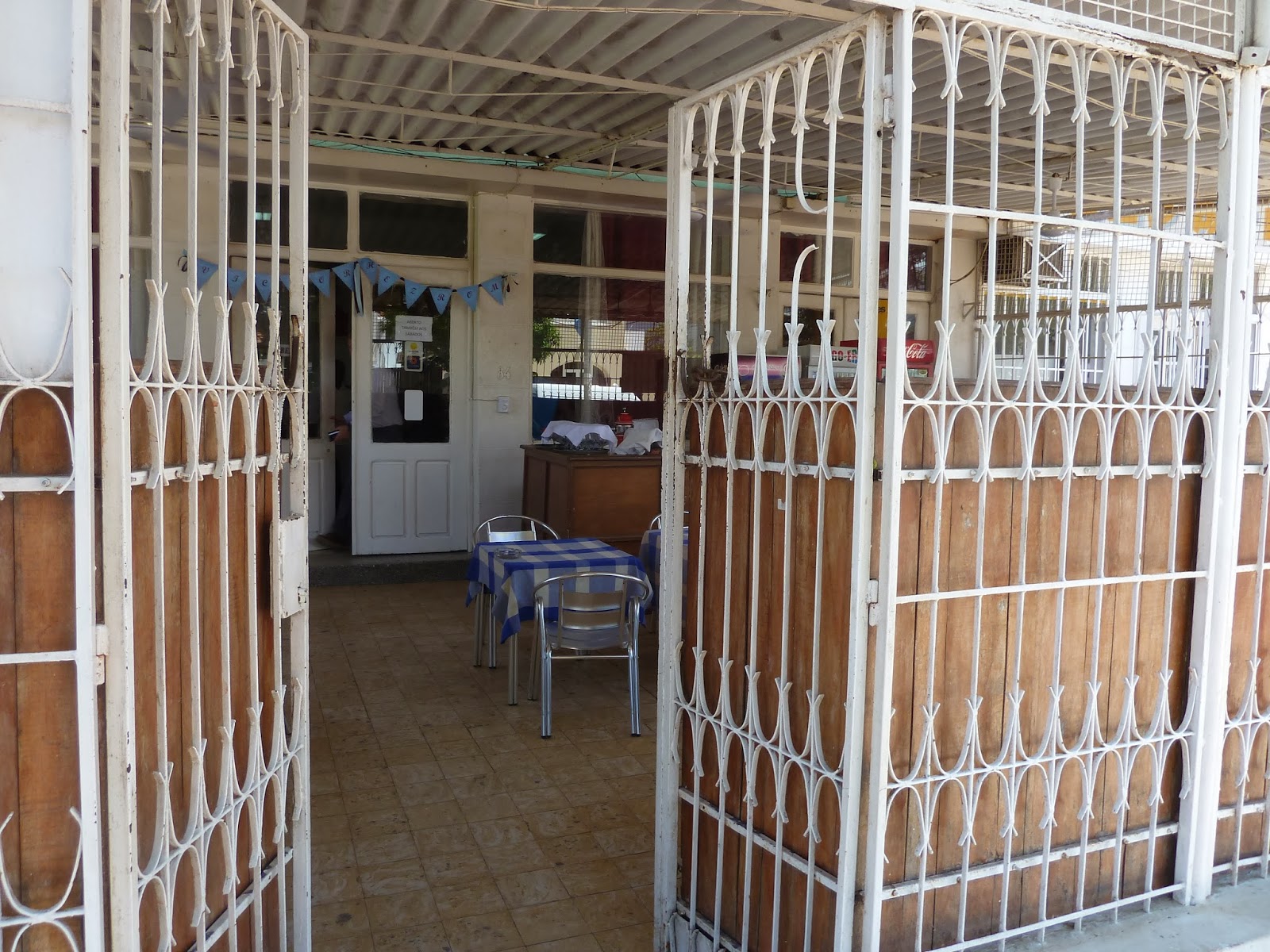São Paulo market is not far from my house and my first sighting was when I thought I was taking a short cut home and ended up using three times as much time due to the fact that I drove past the market. I have never been on a worse city road or one filled with more traffic and people, ever, and I promised myself I would never go in that direction again.
If you mention São Paulo to expats the usual comments are "nightmare!", "chaos!" and "don't you dare go there alone!" I love open air markets and I was hoping that São Paulo would be an alternative to the usual grocery stores or where I could find items not found elsewhere. São Paulo is the market where many ordinary Luandans do their shopping. After driving by, I could see why it had such a bad reputation: stalls with cheap-looking wares, pots, pans, toilet brushes, you name it, surrounded by dirt, trash and hundreds of people.
Today I got a call from a Vietnamese friend who told me her driver was going shopping for her at the Vietnamese store in São Paulo. I have been hearing about this Vietnamese store for a while and since I need fish sauce and rice noodles, which I can't find anywhere, I agree to meet her driver who will show me the way. It's Monday and the market is not fully open since they do cleaning, but to me, it looks like it could not possibly be any busier.
First challenge is to find parking, which we eventually do. Thankfully, her driver is rather tall and is wearing a white shirt, which means I can keep an eye on him as he leads the way through the chaos.
We must weave our way through people, cars and wheelbarrows being pushed while taking care where we step to avoid stagnant water, trash and mud. I ask him how he ever found the store, "I just came and started asking everyone for the Chinese store. People would send me here and there, but it wasn't until I bumped into a Chinese woman whom showed me the way that I found it"(here the word Chinese is used for Asian people). I keep my eyes open for landmarks, but I doubt I will ever find my way here again.
This is the sign I will keep looking for if I ever venture back since it marks the staircase that leads up to the rooms housing the store.
At the top of the stairs he bangs on the locked gate. There is no sign indicating that this is a store, but my friend's driver is obviously a recognized customer since he shops there about twice a month and we are let in with a smile. Inside a small room stacked with all kinds of things, I spot the vermicelli noodles, the fish sauce, rice papers all sorts of herbs and teas. There are two sisters inside who take his order. My Portuguese is basic and my Vietnamese is non-existent, so communication is limited. I try to find out how many Vietnamese people live in Angola and when they arrived, but I need a translator. I assume their families left during the Vietnam war, only to arrive to another country wracked by civil war.
 |
View from the store entrance
|
When his order is filled, we weave our way back. Everyone is preoccupied buying, selling or taking goods somewhere, but I can definitely say that I never felt unsafe. The people were carrying on with their affairs and I hardly got any looks. I did not wear my watch and I kept a good hold on my purse, something which I always do, but I do feel that some expats are a bit paranoid about safety and mixing with ordinary people. I can see going back, but I can't say that I will find the shop again!






















